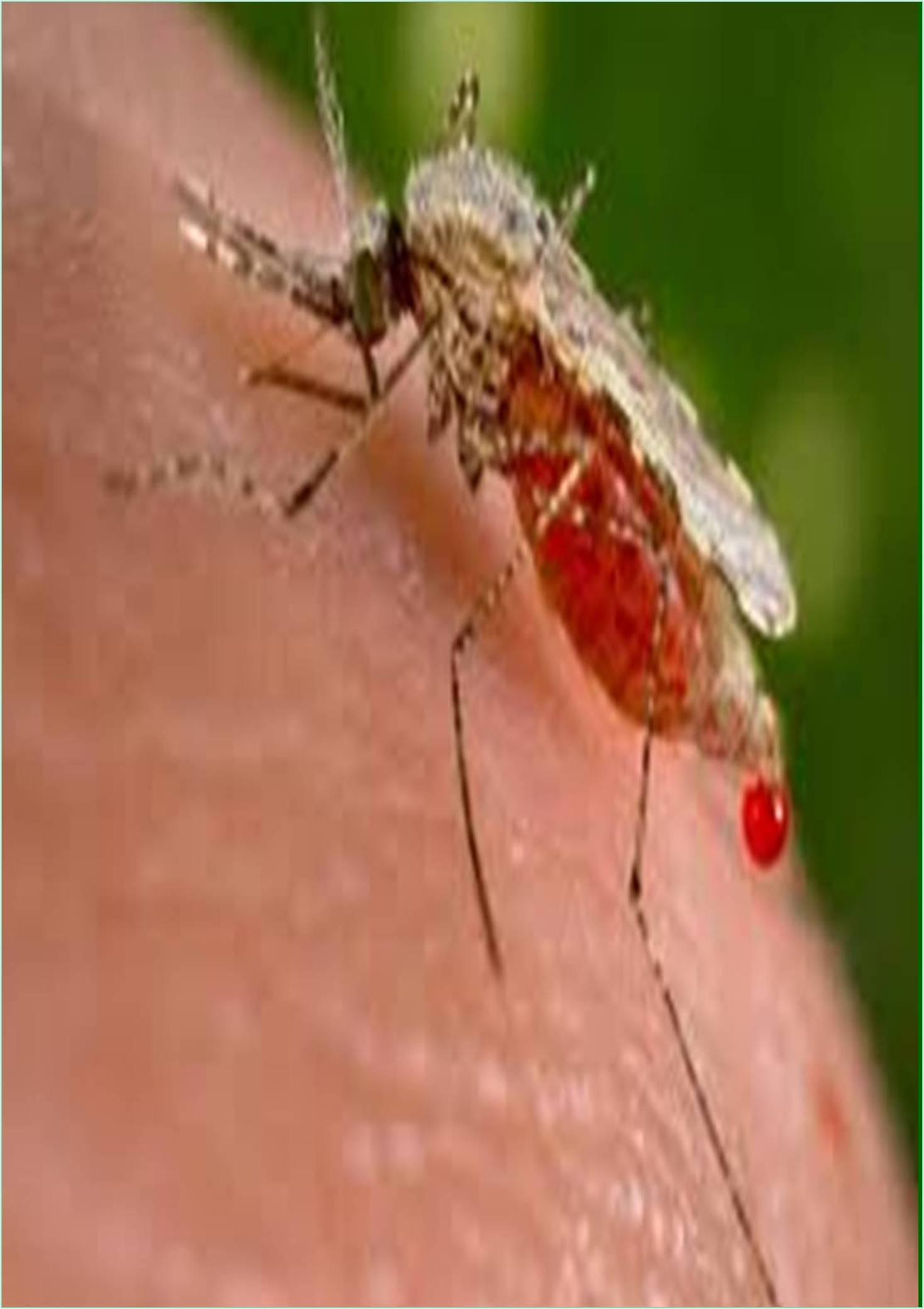



Received: 03-Feb-2022, Manuscript No. IJMAR-22-59710; Editor assigned: 05-Feb-2022, Pre QC No. IJMAR-22-59710 (PQ); Reviewed: 17-Feb-2022, QC No. IJMAR-22-59710; Revised: 22-Feb-2022, Manuscript No. IJMAR-22-59710 (R); Published: 01-Mar-2022, DOI: 10.15651/ IJMAR.22.1.5
The invasion of human red blood cells by plasmoid merozoite is an important event during malaria infection. Treatment of erythrocytes with sialidase makes the cells resistant to invasion by various isolates of Plasmodium falciparum, and the interaction between the parasite and erythrocytes is mediated by sialic acid specific plasmid lectins is suggested. Various meso-loite surface components, including the well-defined surface antigen have been introduced as putative lectins. Binding of the isolated antigen to erythrocytes was inhibited by cell sialidase treatment and monoclonal antibodies to the glycosylated domain of glycophorin.
Movement of Plasmodium Merozoites
Plasmodium parasites are intracellular parasites that use a unique form of movement called gliding movement to move through host tissues and invade cells. This process is substrate-dependent, driven by an actomyosin motor that drives the posterior translocation of extracellular adhesin, and then propels the parasite forward. Lubricity is essential for tissue migration at the sporozoite and okinete stages. However, no gliding is observed at the stage of merozoite, which is short-lived and invades red blood cells. Here we show that the Plasmodium merozoite has the ability to glide in vitro, and that this mechanism is likely to be an important precursor step for successful parasite invasion. We show that two human infectious species, Plasmodium falciparum and Plasmodium knowlesi, have a clear merozoite movement profile that may reflect different invasion strategies.
Signifance of Plasmodium Parasites
Plasmodium species also include two large membranebound organelles of endo symbiotic origin, mitochondria and apicoplasts. Both of these play important roles in the metabolism of parasites. Unlike mammalian cells, which contain many mitochondria, Plasmodium malaria contains a single large mitochondria that regulates its division with the division of Plasmodium malaria. Like other eukaryotes, Plasmodium mitochondria can generate energy in the form of ATP via the citric acid cycle. However, this function is only required for the survival of parasites in the insect host, not for the growth of red blood cells. The second organelle apicoplast derives from a secondary endosymbiotic event, in this case the acquisition of red algae by the ancestors of Plasmodium malaria. Apicoplasts are involved in the synthesis of various metabolic precursors, including fatty acids, isoprenoids, iron-sulfur clusters, and components of the heme biosynthetic pathway.
Malaria parasites of mammals belonging to the subgenus Laverania, Plasmodium and vincaia are transmitted only by anoferin mosquitoes, as opposed to birds infected with the Plasmodium species transmitted by various mosquitoes, including culex pipiens and Aedes. This is because the mammalian Plasmodium species can only complete the development of gamete mother cells into the infectious sporozoite of the anoferin mosquito. However, this does not mean that these parasites are developmentally indistinguishable from gamete mother cells of non-anoferin mosquitoes. Early on when culex bitaenior hynchus was fed human blood containing Plasmodium falciparum or sporozoites from other human malaria parasites, egg cysts and sporozoites formed in the epithelium of the mid gut were observed in the salivary glands. There was a report. However, another recent study reported that laboratory strains of Plasmodium falciparum that ate culex quinquefatus developed oocysts that did not dissolve quickly to form oocysts. This suggests that Plasmodium falciparum is killed by the mosquito's immune system when exposed to the blood lymph of non-anoferin mosquitoes.
Plasmodium species that infect P. falciparum and other humans share properties that allow them to infect humans as a result of convergent evolution. Currently, there are few species of Plasmodium that naturally cause human malaria, but other species can also acquire natural human infectivity and cause a new zoonotic malaria at any time. The physical distance between humans and non-human animals such as other primates can depend on the level of development in the area, which is the non-human malaria protozoan of animalderived human malaria. It can affect the potential causes.
The relationship between humans and Plasmodium changes dynamically depending on the nature of the parasite and human activity. Understanding the basic biology of the parasites that drive these changes and applying that knowledge to malaria control should help realize a healthier global society.